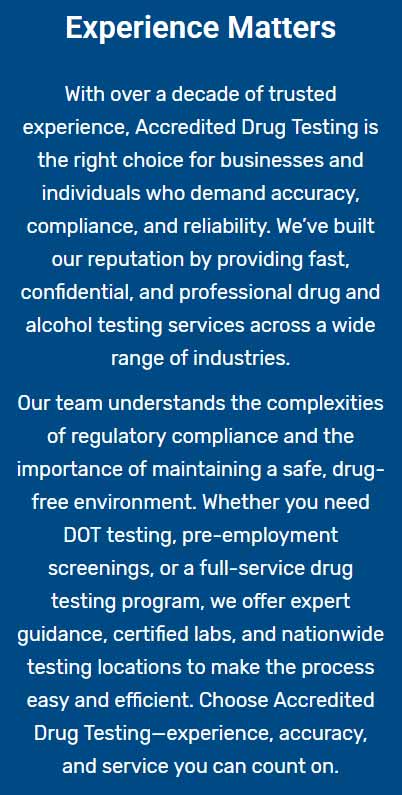What it is, How it works
Recognized as an effective means for detecting alcohol and drug consumption, hair testing offers an extended history by capturing biomarkers within the fibers of growing hair strands. When collected close to the scalp, hair offers insight into alcohol and drug use for up to about a 3-month detection span. Hair collection is straightforward, relatively difficult to tamper with, and simple to transport.
A 1.5-inch segment of around 200 hair strands (roughly the size of a #2 pencil) nearest to the scalp will yield 100mg of hair, perfect for both screening and confirmation. For EtG, add-ons, and/or tests over 10 panels, a sample size of 150mg is advised. It's suggested to weigh the sample using a jeweler’s scale. If scalp hair isn't available, a comparable amount of body hair can be gathered. References to head hair pertain solely to scalp hair, while body hair encompasses all other types (facial, axillary, etc.).
Process Overview
The laboratory processing of a drug test result follows four primary steps: Accessioning, Screening, Extraction, and Confirmation.
Accessioning is the initial phase of integrating a sample into a lab’s system. This step ensures the sample was appropriately sealed and dispatched, assigns a random LAN (Laboratory Accessioning Number), and completes any additional data entry not available through an electronic chain of custody system.
Screening provides a preliminary evaluation for drug abuse signs. While it's a cost-efficient method to exclude drug use in most samples, positive screens require confirmation for court admissibility. Samples testing presumptively positive in Screening need further confirmation.
In cases where Screening indicates a presumptively positive result, additional hair is taken from the original sample for Extraction. During Extraction, drugs are extracted from hair at a considerably lower concentration compared to other methods (e.g., urine or oral fluid), highlighting the complexity of hair drug screening.
GC/MS, GC/MS/MS, or LC/MS/MS methods are used for confirming any positive screen results. All presumptively positive samples undergo washing before confirmation if necessary. The complete laboratory procedure from Accessioning through Confirmation is scrutinized in line with both the CAP (College of American Pathologists) Hair designation and the ISO / IEC 17025 accreditation standards.
Advantages of hair drug testing:
- Extended detection period: Hair drug tests can identify drug use for up to 90 days, unlike urine tests that have a shorter detection period.
- Resistance to tampering: Cheating a hair drug test is exceptionally difficult, enhancing result accuracy.
- Offers historical insight: It provides a timeline of drug use over time, rather than just recent usage.
Limitations:
- Inability to detect recent use: It takes approximately 5-7 days for drugs to appear in hair.
- Expense: Hair drug tests tend to be pricier than other testing methods.
- Result variability: Elements such as hair color and individual growth rates can influence drug metabolite concentration in hair.
Note: Though often called "hair follicle tests," the analysis targets the hair strand, not the follicle beneath the scalp.




